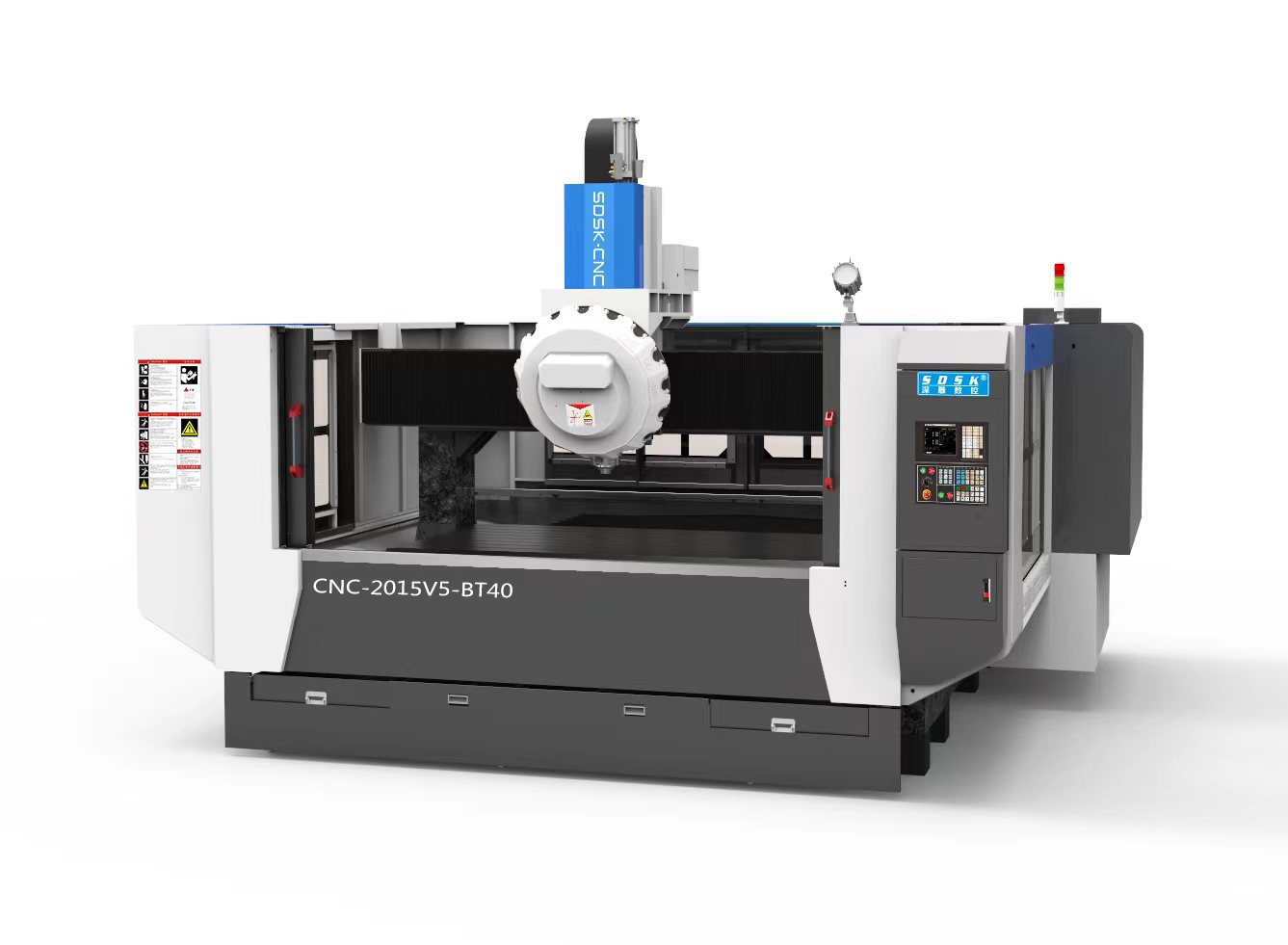There are many types and names of CNC machine tools, and many people cannot distinguish their differences. Often, there is no clear boundary line. So where are their differences and where are they similar?
There are many types and names of CNC machine tools, and many people cannot distinguish their differences. Often, there is no clear boundary line, and they are only distinguished based on the design configuration and processing requirements of the equipment itself. We commonly see engraving machines, precision engraving machines, and engraving and milling machines. Where are their differences and where are they similar? Next time, the editor will explain it to everyone< Br/>

Engraving machine
It has a high spindle speed and is suitable for processing small cutting tools, with a relatively small torque, focusing on&quo; Carving; Features, such as wood (specifically known as wood carving machines for processing wooden boards), dual color boards, acrylic boards, and other low hardness boards, are not suitable for strong cutting of large workpieces. At present, most of the products on the market under the banner of carving machines are mainly for processing handicrafts, with low cost. Due to low accuracy, they are not suitable for mold development; But there are also exceptions, such as chip engraving machines. Due to the special nature of its cutting tools, carving processing requires a relatively small angle control< Br/>
Precision carving machine
As the name suggests. It can be precisely carved or milled. Based on the carving machine, the power of the spindle and servo motor is increased, and the bed can withstand the force while maintaining the high speed of the spindle. More importantly, the accuracy is very high. The precision carving machine requires a high-speed CNC system, with a spindle speed of around 3000-30000 RPM. The CNC precision carving machine is used to complete small milling amounts or soft metal processing equipment. The non moving part of the CNC precision carving machine requires good rigidity, while the moving part requires flexibility as the priority, and should be as light as possible while maintaining a certain degree of rigidity. Can perform relatively small machining with high machining accuracy. For soft metals, high-speed machining can be performed; Disadvantage: Due to poor rigidity, it is not possible to perform heavy cutting< Br/>
Engraving and milling machine
Engraving and milling machines focus on carving and milling, and are transitional models between precision carving machines and machining centers. Compared to precision carving machines, their advantages are stronger machine rigidity, higher processing efficiency, greater power, and suitability for fast and heavy cutting of soft metals. Compared to machining centers, the advantages are: faster processing speed for soft metals such as copper and aluminum, and higher precision machining efficiency for steel molds. Its disadvantage is that it is not suitable for rough and heavy cutting of large workpieces. Engraving and milling machines are also developing at a high speed, commonly known as high-speed machines, which have stronger cutting ability and very high machining accuracy. They can also directly process materials with a hardness of HRC60 or above, forming in one go< Br/>
We can see that from the processed products, carving and milling machines can be used to make precision carving machines and products that can be carved, but the opposite is not true. So why do we need so many types of models? From the perspective of cost and production efficiency, it is certainly better to have specialized equipment for specialized tasks. Different companies in the market have different research and development concepts and in-depth industries, so the models may also vary


